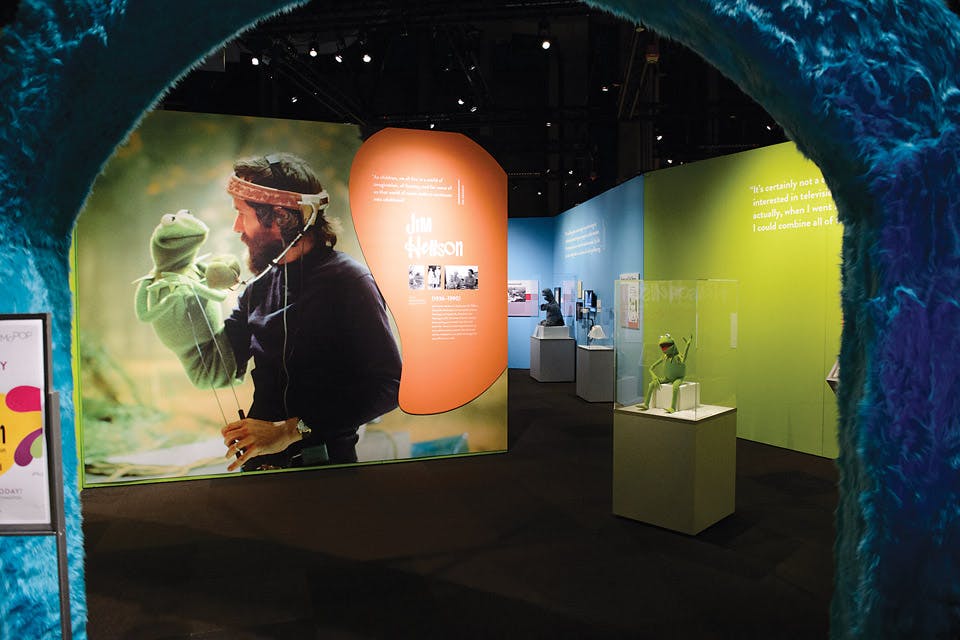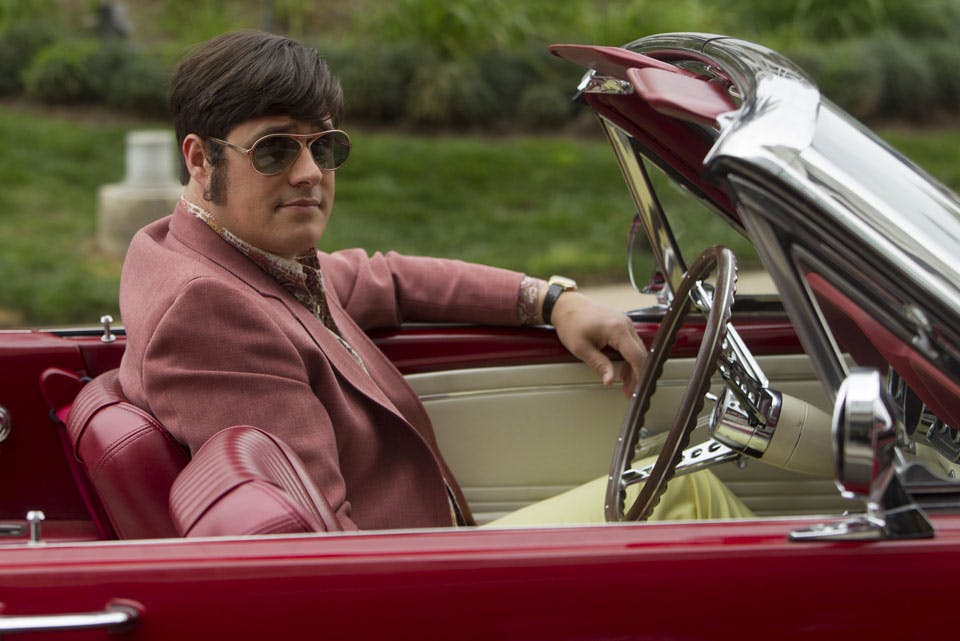Arts
Rich Sommer Talks “Mad Men”
Ohio native Rich Sommer talks about his “Mad Men” role and why he thinks the show became such a phenomenon.
Related Articles

‘The Jim Henson Exhibition: Imagination Unlimited’
An exhibition at COSI through Sept. 2, delves into the mind of the man who brought The Muppets to life. READ MORE >>

Ohioan Martin Mull on a Life in Television
After growing up in northeast Ohio, Mull embarked on a television career that has spanned more than four decades. READ MORE >>

‘Stay Tuned: Rock on TV’
The Rock & Roll Hall of Fame examines how television from “The Adventures of Ozzie and Harriet” to “American Idol” shaped popular music for three generations. READ MORE >>



